We All Have a Stake in this Conversation
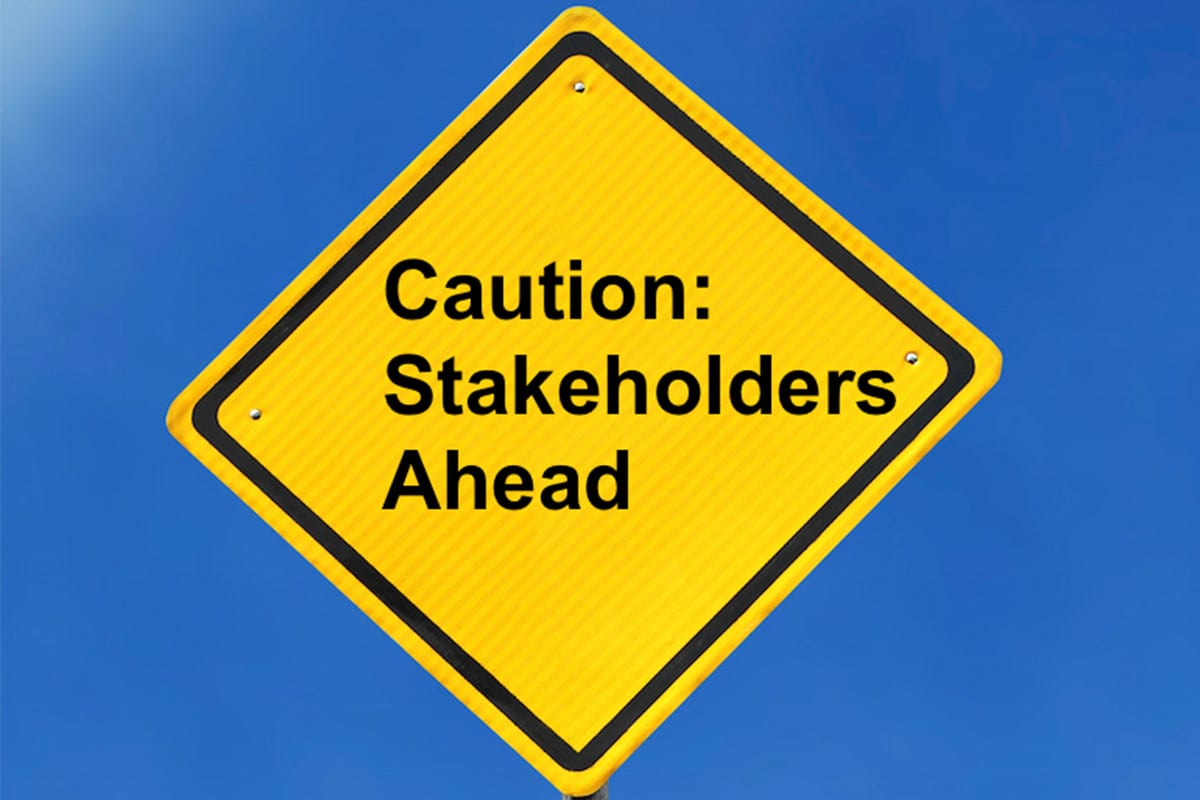
The stakeholders are everywhere! But, precisely who are they, and why are these nameless people cluttering up so much of the audience in social change communications?
Behind the Scenes: Building a New Burness.com
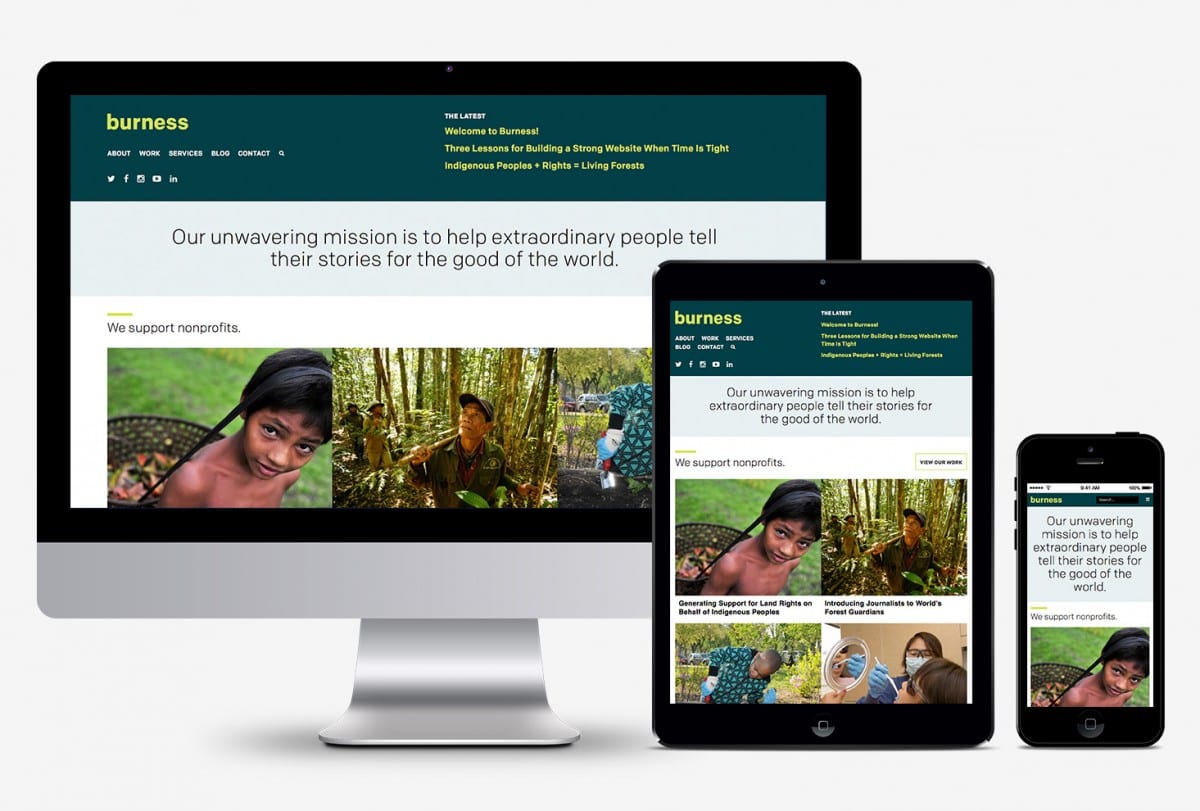
This week we launched a new website after months of work with a demanding, challenging, and occasionally cranky client: ourselves. Let me back up. During the Polar Vortex of early 2014, we came to a conclusion: for all of the dynamic websites we had built, all the principles of simple user experience and responsive design we had encouraged for our partners, our own digital presence was not walking our talk. The website had long dropdown menus, performed poorly on mobile, and didn’t convey the breadth of our work. “It's time,” we agreed. “And we have to build the new site for ourselves.”
Welcome to Burness!
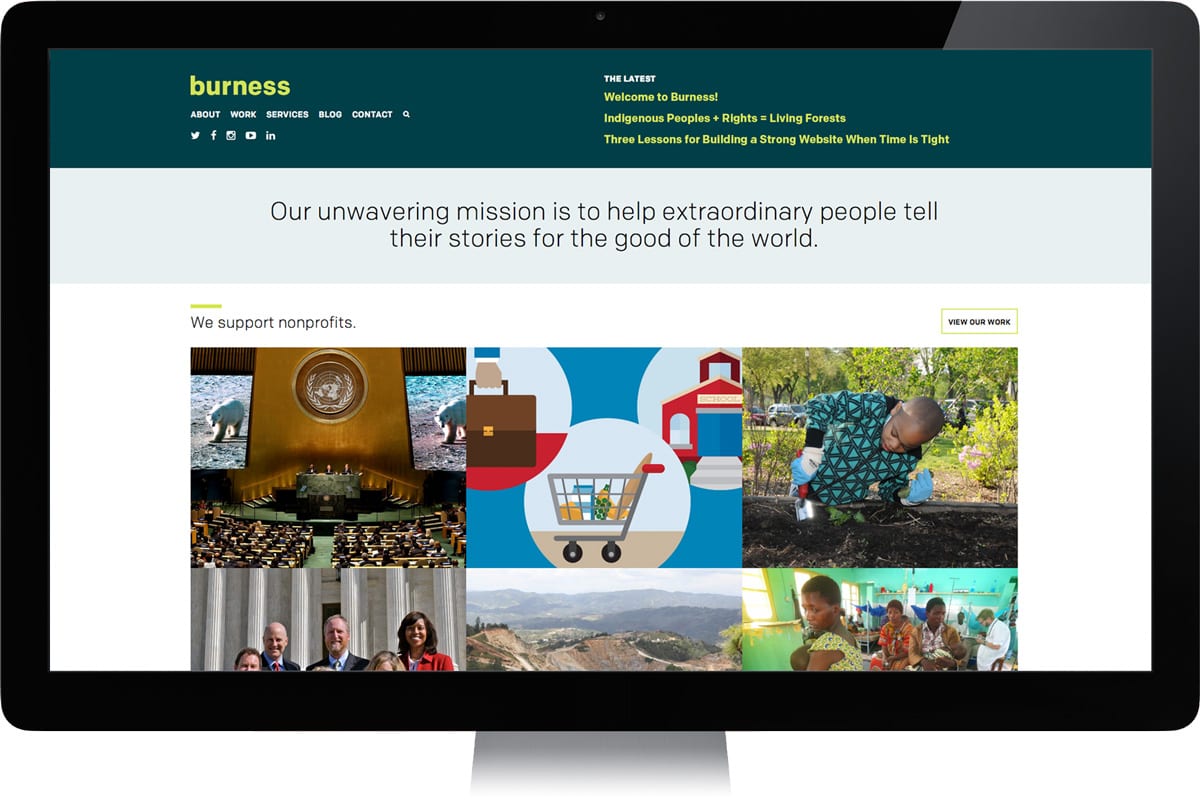
Twenty-nine years after our founding, we continue to receive a lot of positive feedback. Above all, the most consistent compliment is that we’re consistent: people know that we’re genuine and passionate, that we deliver excellent work, and that the nonprofits we represent see real impact as a result of partnering with us.
Well, in a small way, we’re about to change that—sort of.
We’re changing something that’s been perfectly consistent for 29 years—our name! Exit Burness Communications. Enter Burness.
Indigenous Peoples + Rights = Living Forests
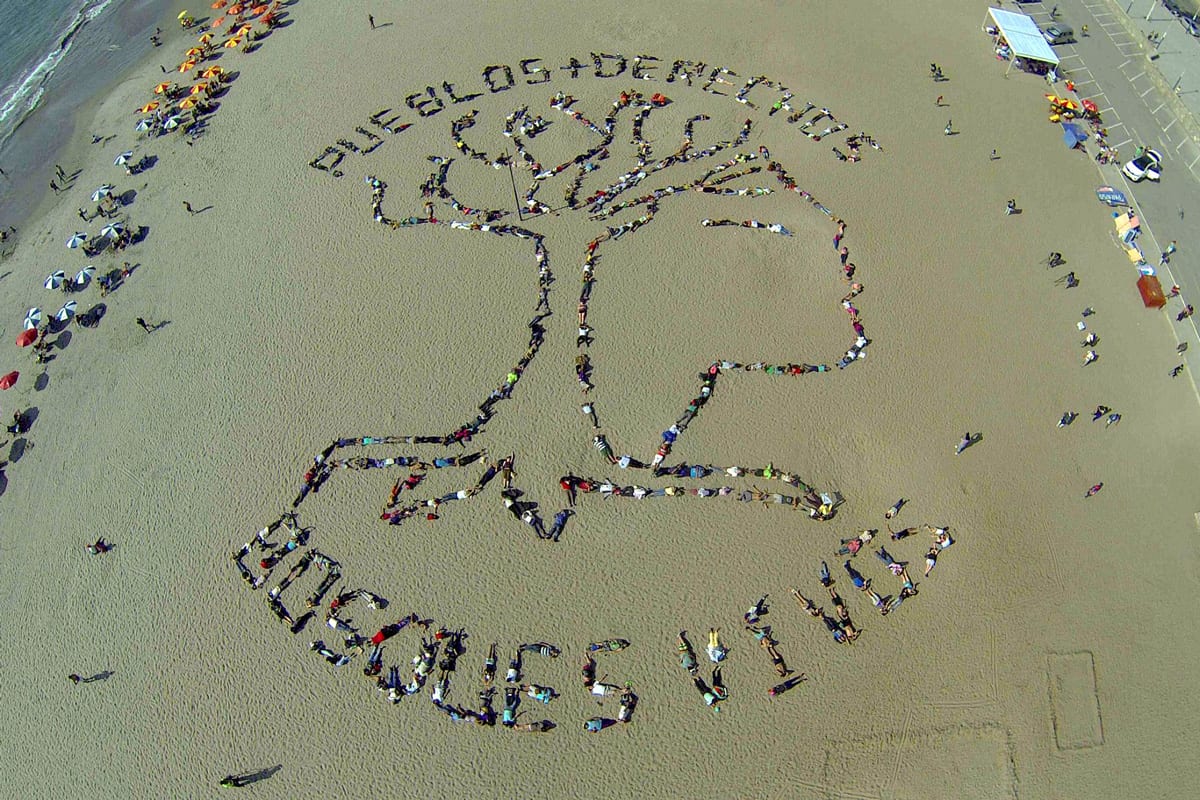
This past December, Peru became the first Amazonian forest nation to host the UN climate change conference, commonly known as the COP. The event attracted the usual committed global advocates, researchers and policy makers who flock to the COP every … Continue reading Indigenous Peoples + Rights = Living Forests
Three Lessons for Building a Strong Website When Time Is Tight
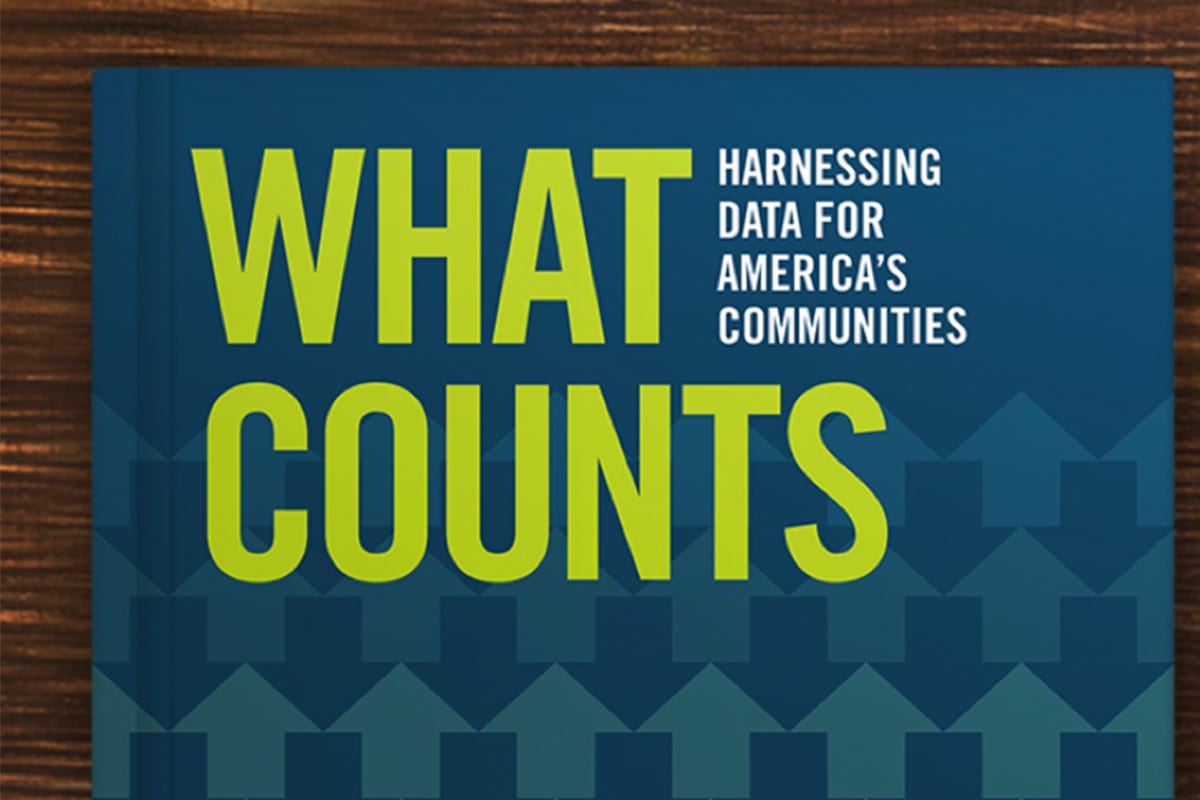
When our friends at the Federal Reserve Bank of San Francisco (FRBSF) asked us to help build a website for their latest book, What Counts: Harnessing Data for America’s Communities, we saw three things: ambitious goals, a tight timeline, and a challenge that we couldn’t pass up.
Ebola Insights
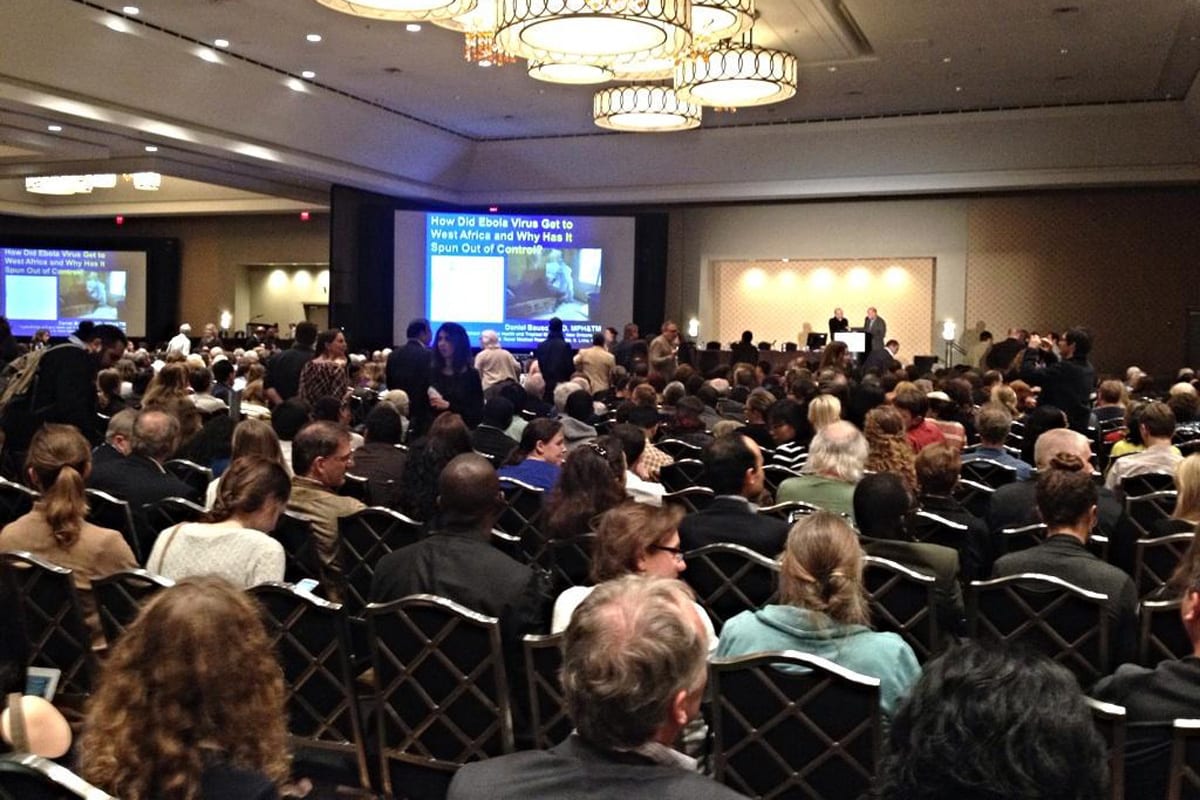
The 63rd Annual Meeting of the American Society of Tropical Medicine and Hygiene (ASTMH, a Burness Client), featured informative, gripping, tragic, and inspirational testimony from people working on the front lines of the Ebola epidemic and now racing to develop, test, and approve life-saving drugs and vaccines.
RWJF-funded Research Shows Power of Early Engagement in Treating Mental Illness
A Washington Post front-page story this week reports on the groundbreaking success of the Early Detection and Intervention for the Prevention of Psychosis Program (EDIPPP) in helping at-risk young people avoid developing schizophrenia, a costly and potentially life-altering condition that affects 2.4 million Americans.
Visiting Hours Are Over: Why Patients’ Families Should Be with Them 24/7
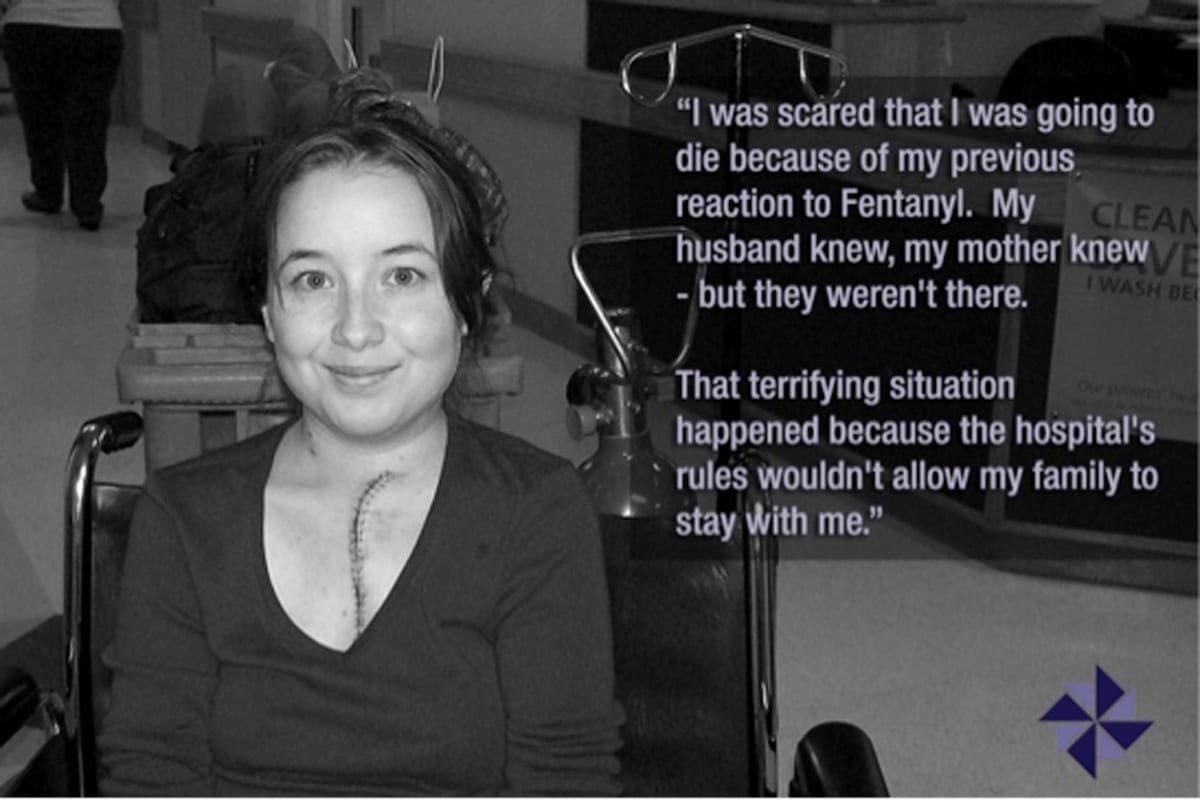
Imagine being separated from your family or loved one during your stay in the hospital or ICU. Maybe you’re even in pain and critically ill, or you’re told you can’t be with your spouse because “visiting hours are over.” Studies show that having a loved one by your side can reduce patient stress and complications as well as improve patient satisfaction in the hospital.
Conversations in Development: Guardians of the Forest, Protectors of the Climate
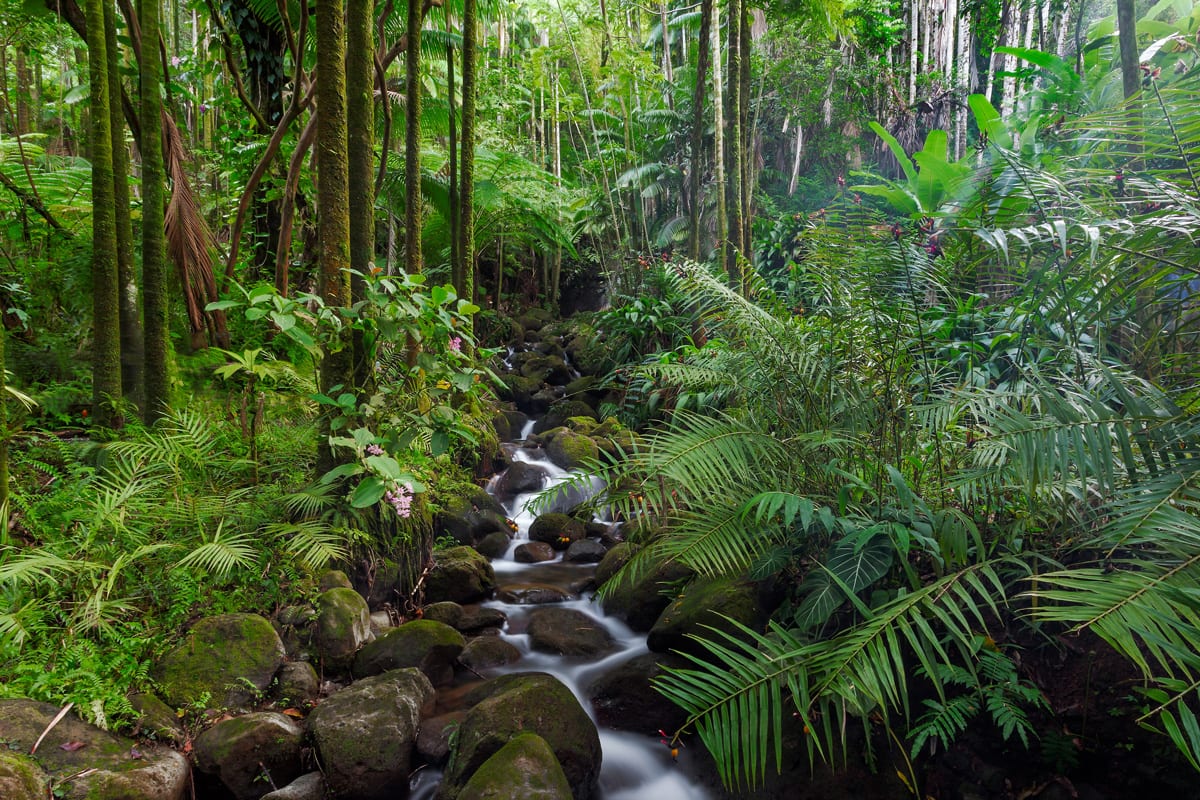
Tropical forests are critical to the future of the planet. They harbor millions of species of plants and animals, and, as natural storers of carbon, they play a key role in combating climate change. They are also home to millions of indigenous people, who have protected the forests and their resources for thousands of years.
Wired for Pain: How Different People Process Pain
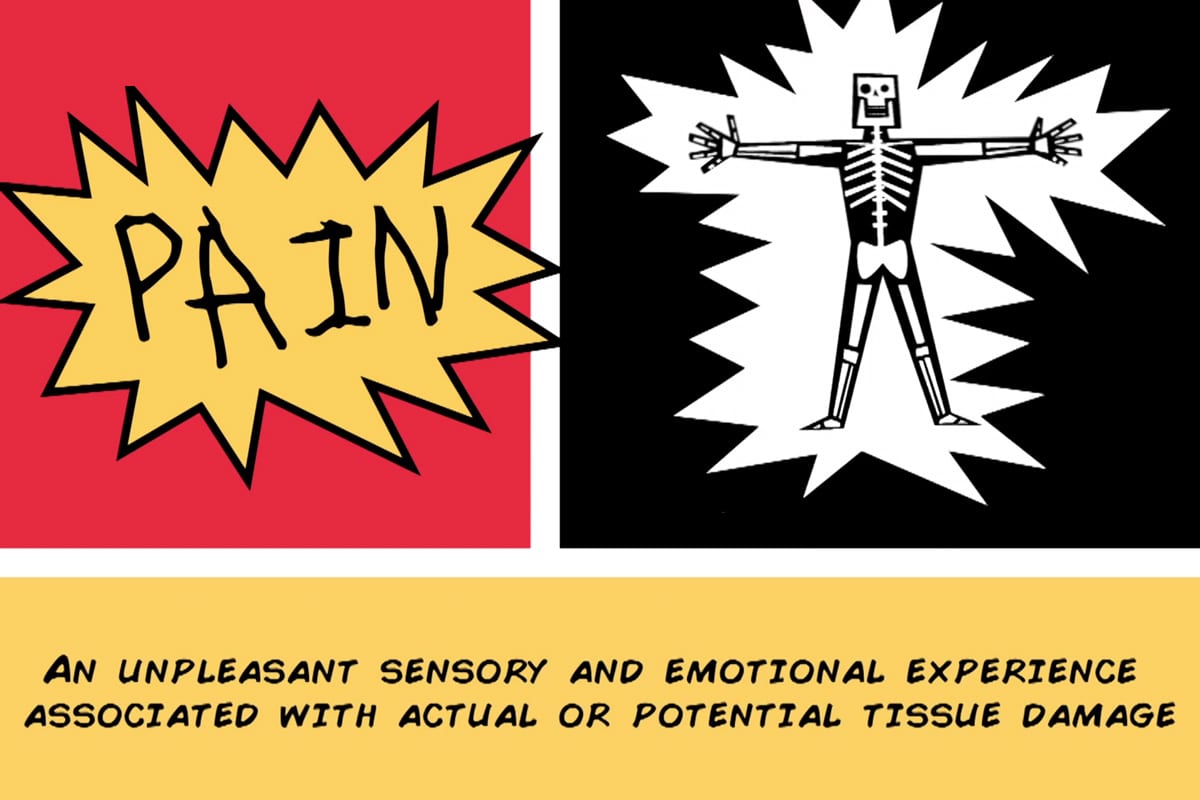
In a new TED-Ed lesson, Dr. Karen Davis, a 2013 Mayday Pain & Society Fellow (a Burness client), explains how natural variations in our brain structure determine how we handle pain.
